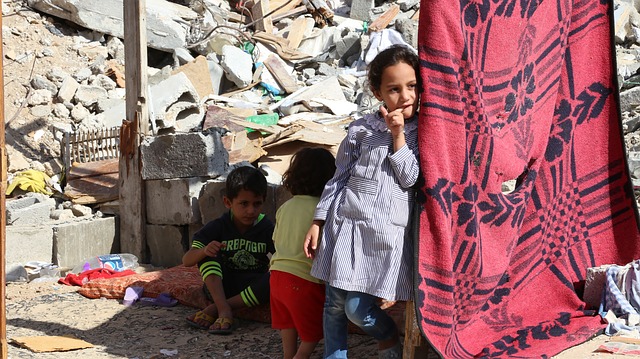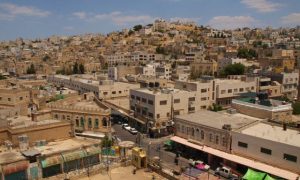Since the Palestinian Nakba in 1948, the Israeli occupation has worked hard to prevent any form of social, economic, and political communication between Palestinians across the Green Line, the 1949 Armistice lines between Israel and the West Bank and Gaza Strip. This was applied by adopting a policy of forced separation across the Green Line with the aim of separating and isolating Palestinians from each other – geographically, socially, and economically.
Following the occupation of the West Bank and Gaza Strip in 1967 and after an interlude of nearly twenty years, relations between Palestinians across the Green Line began to witness a form of limited trade. Since then, these economic relations have experienced ebbs and flows, a reflection of the prevailing security and political conditions after the signing of the Oslo Accords, during which economic and trade relations between the two parties witnessed expansion and diversification. This declined after the outbreak of the Second Intifada in 2000 when the occupation imposed a security cordon (with military incursions) on Palestinian cities under the control of the Palestinian Authority (PA).
After 2008, trade and economic relations began to grow and develop once again, as Israel granted permission to Palestinians in Israel to cross into the West Bank areas (Madar, 2017), as part of the occupation policies to grant economic benefits to the Palestinians and revitalize local markets, within the framework of the economic peace concept (MAS, 2017). After 2010, Palestinian economic relations across the Green Line witnessed widespread and tangible activity, but its expansion remained subject to Israeli security measures (MAS, 2021). Institutionalization and organizations were absent from these relations, given the non-existence of supportive government policies, combined with a weak investment environment in Palestine, and fears related to overlaps between Israeli and Palestinian capital and the problems this poses concerning normalization (MAS, 2021).
On the eve of the outbreak of this war, MAS completed an in-depth study of the history, reality, and future of this relationship (The Arab Center and MAS, 2023). This included a field survey of the productive capabilities of the Arab economy in Israel, with a mapping of relations and opportunities for strengthening them. This study serves as an up-to-date baseline reference for this preliminary reading of the impact of Israel’s war on economic relations between Palestinians across the Green Line, and the war’s anticipated, major, negative repercussions on the Palestinian economy. The Brief is divided into two main sections: the first section reviews the most prominent existing forms of, and fundamentals for, economic relations. This helps in identifying the most affected economic sectors. The second section provides an initial reading of the adverse economic effects of the war, based on the baseline outlined in the first section.



























